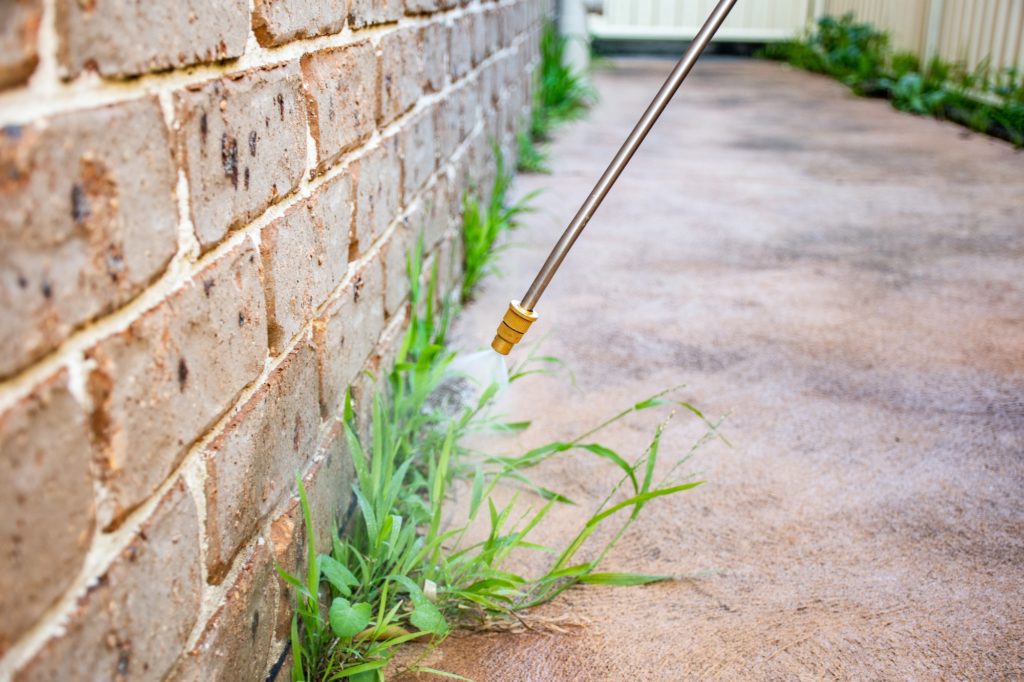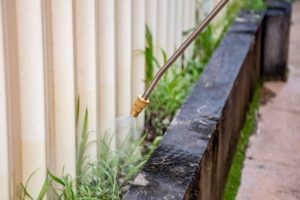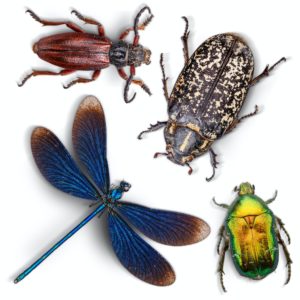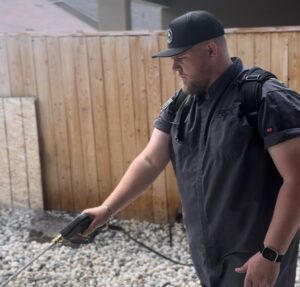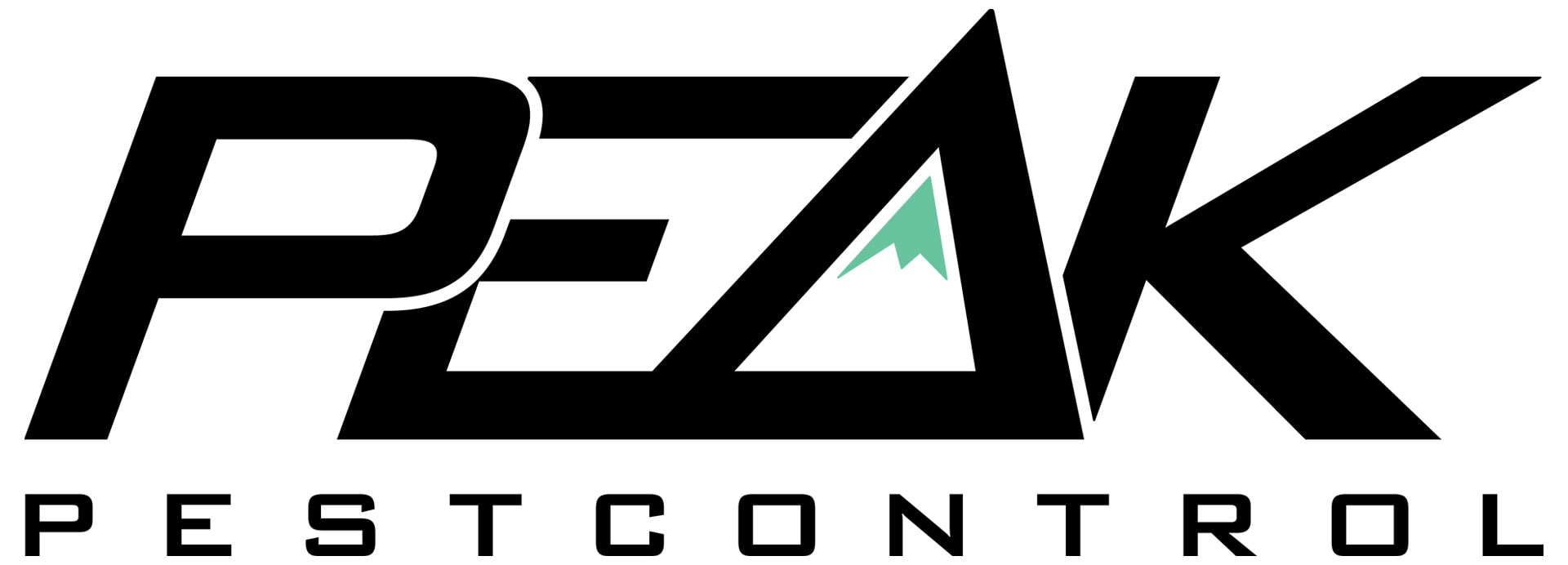Weeds are often seen as minor nuisances in a yard or garden, but they play a far more critical role in inviting unwanted pests. Their presence can offer ideal shelter, food sources, and breeding grounds for a variety of yard pests, including ants, rodents, spiders, and stinging insects like wasps and hornets. Ignoring weed growth doesn’t just hurt your lawn’s appearance, it can also set the stage for an infestation that quickly spreads from your backyard into your home.
For homeowners in areas like Reno, where the climate can support persistent weed and pest activity, understanding the connection between the two is essential. Knowing how weeds create favorable conditions for pests and learning how to address both issues simultaneously can protect your home, reduce long-term costs, and keep your family safe.
Why Weeds Attract Pests to Your Yard
Weeds are more than unsightly as they alter the microenvironment of your yard in ways that are highly attractive to pests. Some provide shade and moisture retention at the soil level, which creates cool, damp conditions that many pests prefer. Others serve as cover or nesting areas, helping pests stay hidden from predators or extreme temperatures.
Here’s why weeds are a magnet for yard pests:
- Shelter: Dense weed patches offer refuge for insects and small animals from sunlight, predators, and lawn activity.
- Moisture: Taller weeds help retain ground-level moisture, making the environment more inviting for spiders, ants, and rodents.
- Food Sources: Some insects feed on weed nectar or use decaying plant matter as a breeding site. This, in turn, attracts predators like spiders and hornets.
- Entry Pathways: Overgrown vegetation often touches building exteriors, allowing pests to crawl directly into homes.
Unchecked weed growth doesn’t just encourage a pest population, but also often becomes the catalyst for a full infestation. The longer weeds remain, the harder it becomes to eliminate the pests they invite.
Which Pests Are Most Common in Weed-Heavy Yards?
While many types of pests are drawn to weedy landscapes, certain ones are especially prone to setting up camp. These species are not only common in yard infestations but can also create structural or health-related concerns when they invade indoor spaces.
Spiders frequently nest in overgrown weeds and brush piles, using them as hunting grounds. Wasps and hornets are attracted to flowering weeds and will build nests nearby. Ants may use weedy areas as satellite colonies before moving closer to your foundation. Rodents are drawn to weeds for the protection they offer and the insect activity that provides a food source. Insects of all kinds will find shelter among tall grasses, which makes weed-laden yards ideal for long-term habitation.
When these pests reach a tipping point in your yard, they begin looking for ways indoors. If you’re already spotting warning signs around your home, such as droppings or chewed materials, it’s worth reviewing these signs of pests in your home for early intervention.
Smart Yard Habits That Reduce Pest Risks
Managing yard pests begins with controlling the conditions that attract them. A clean, well-maintained yard is one of the most effective deterrents. Regular maintenance prevents the accumulation of debris and overgrowth that pests use as harborage zones.
Adopt these practices for a pest-resistant yard:
- Mow the lawn regularly to reduce weed growth and deter crawling insects
- Prune shrubs and trees to eliminate pest highways leading to your home
- Keep mulch and compost bins at least a few feet from exterior walls
- Avoid overwatering, which can attract both weeds and moisture-loving pests
- Remove yard clutter such as old wood piles, tarps, or unused planters
Many of these strategies work best when paired with effective weed control services. Explore weed control services in Reno to learn how timely intervention can restore balance to your outdoor space.
Why DIY Solutions Often Fall Short
While weed pulling and insect sprays may offer temporary relief, they don’t address the bigger picture. Most do-it-yourself methods target visible symptoms rather than underlying causes. Even if you eliminate a nest or colony, new pests will continue to arrive as long as your yard remains inviting.
Additionally, some home treatments can worsen the situation. Overuse of certain herbicides or pesticides may harm beneficial insects or stress your lawn, causing bare patches that attract more weeds and, consequently, more pests. Without a comprehensive, long-term strategy, infestations will likely return.
Integrated pest and weed management requires expertise in identifying local pest behaviors, plant species, and environmental conditions. That’s where a seasoned professional becomes an invaluable resource.
Building a Long-Term Plan for Outdoor Protection
Preventing yard pests means taking a proactive and consistent approach. Routine yard care, seasonal inspections, and environmental awareness all work together to reduce risk. Keep in mind that the presence of a few weeds today could be a sign of larger vulnerabilities down the line.
Incorporating an expert’s insight into your pest management plan ensures that you’re addressing problems at their root. Whether you’ve noticed a few spiders on the porch or ant hills cropping up near the patio, the issue is rarely isolated. It’s part of a broader ecosystem that requires careful, informed attention.
Take the First Step Toward a Pest-Free Yard
The path to a pest-free home starts right outside your door. Weeds may seem harmless at first, but they’re often the first invitation pests need. To protect your yard and your home, connect with Peak Pest Control and take control of your outdoor environment with expert guidance and reliable solutions.


